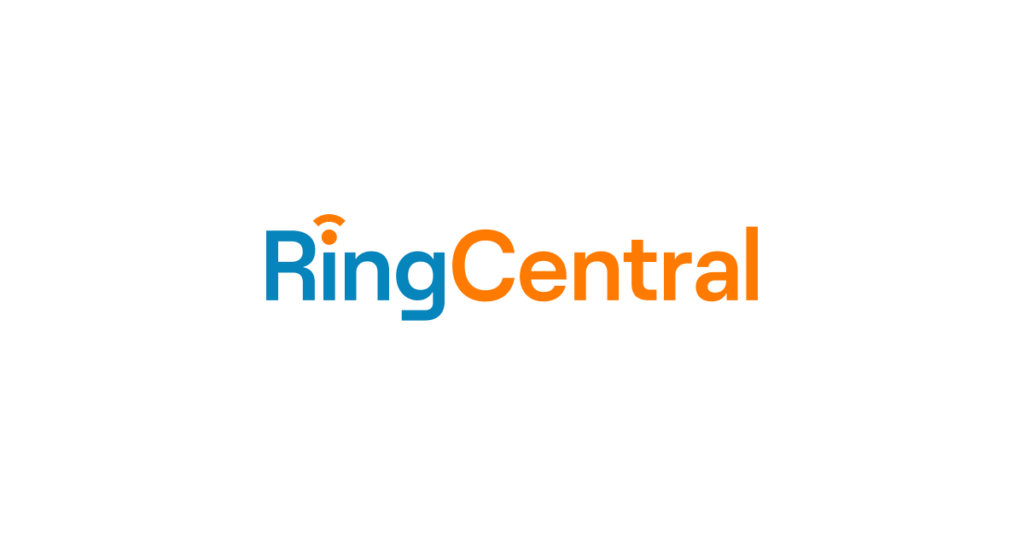7 inner traits that make you magnetic in business and life, according to psychology
There’s an undeniable allure to those individuals who just seem to draw others in, whether in business or personal life.
Ever wondered what their secret is? It’s not about good looks or a magnetic personality.
It’s actually about certain inner traits, rooted in psychology.
These traits have the power to influence people’s perceptions of you, giving you an edge in business and life—and the best part is, anyone can cultivate them.
In this article, I’ll share seven of these psychological traits that can make you irresistible.
You might be surprised at how simple, yet impactful they are.
So, let’s dive in and discover what makes certain individuals stand out from the crowd:
1) Authenticity
In the world of business and life, authenticity is a key trait.
It’s about being genuine, being yourself without any pretense—owning your strengths and weaknesses, your successes and failures, your emotions and thoughts.
Authenticity is a powerful magnet because it fosters trust.
When you’re authentic, people know they can rely on you to be consistent, to be honest, to be you.
As Carl Rogers, a famous psychologist, once said: “The curious paradox is that when I accept myself just as I am, then I can change.”
This means, being authentic isn’t about being perfect or static.
It’s about accepting who you are right now while also being open to growth and change.
When you embrace authenticity in your interactions, people are more likely to connect with you on a deeper level.
Because in an often pretentious world, authenticity stands out.
Remember: Be genuine, be real, and be you.
2) Empathy
Ready for the second trait? It’s empathy.
Empathy is the ability to understand and share the feelings of others.
It’s about putting yourself in someone else’s shoes and seeing the world through their eyes.
I remember a time when I was still fresh in my career, working as a team leader in a small company.
One of my team members was underperforming and it was affecting our results.
My initial reaction was frustration.
But then, I decided to have a one-on-one conversation with him.
During our talk, I learned that he was going through a tough divorce and it was taking a toll on him emotionally.
By understanding his situation, I was able to provide support and adjust his workload temporarily while he navigated his personal crisis.
This experience taught me the importance of empathy in leadership and life.
It creates an emotional bond that helps us connect with others on a deeper level.
If you want to be magnetic, strive to understand others better.
Listen to their stories, share their feelings, be there for them.
3) Resilience
Have you ever faced a situation that seemed impossible to overcome?
Life has a way of throwing curveballs at us, whether in business or personal life.
It’s during these times that our resilience—our ability to bounce back from adversities—truly shines.
Resilience is not about avoiding challenges or hardships.
It’s about embracing them, learning from them, and growing stronger through them.
I’ve had my fair share of setbacks – failed projects, lost clients, personal losses.
But each one of these made me stronger, taught me invaluable lessons and shaped me into the person I am today—resilient people are like magnets.
They attract others who admire their strength and aspire to have the same ability to overcome obstacles.
Psychologist Albert Bandura once said, “In order to succeed, people need a sense of self-efficacy, struggle together with resilience to meet the inevitable obstacles and inequities of life.”
Embrace challenges, learn from your failures and always get back up.
After all, it’s not about how many times we fall, but how many times we rise again.
4) Optimism
Let’s move on to the next trait: optimism.
Optimists are like beacons of light in a world that can often seem dark and gloomy.
They have a positive outlook on life, believing that things will get better, even in difficult times.
But optimism isn’t about having your head in the clouds, ignoring the realities of life.
It’s about maintaining a positive mindset, while still addressing problems and obstacles head-on, and this isn’t just a feel-good trait.
Research backs it up too: A study conducted by the Harvard Business Review found that optimistic professionals outsold their pessimistic counterparts by 37%.
Why? Because optimists inspire others with their positivity.
They encourage others to believe in better outcomes, making them more motivated and persistent.
If you want to be magnetic, cultivate optimism.
Believe in better days, inspire others with your positive outlook, and always keep moving forward.
In business and life, optimism can be a game-changer.
5) Adaptability
The world is constantly changing, and those who can adapt to these changes are the ones who truly stand out.
Adaptability is about being flexible and open to new ideas and experiences.
It’s about being able to pivot when necessary and adjust your sails to navigate the winds of change.
I learned this lesson early in my career when a sudden market shift affected our business.
Instead of resisting the change, we adapted.
We revised our strategies, embraced new technologies, and managed to turn the situation around.
This experience taught me that adaptability isn’t just useful; it’s essential in today’s fast-paced world.
6) Vulnerability
It might seem counterintuitive, especially in the world of business where we’re often told to be tough, to keep our guards up.
But, the truth is, vulnerability is powerful.
It’s about opening up, showing your true self, sharing your fears and doubts, your dreams and aspirations.
When you allow yourself to be vulnerable and expose your authentic self, you create a deep connection with others.
It makes you relatable and human.
7) Humility
Last but certainly not least, humility.
In a world where self-promotion is often the norm, humility stands out.
It’s about recognizing your worth without feeling the need to boast about it.
If you want to be magnetic, cultivate humility—it’s a quiet yet powerful trait that speaks volumes about your character.
Final reflections
As we conclude our exploration of these seven inner traits, it’s important to remember that they are not just qualities to be admired.
They are attributes to be cultivated, practiced, and embodied; they are portals to a richer, more fulfilling existence.
While it’s easy to get caught up in the external markers of success, these traits remind us that true magnetism comes from within.
As you go forward, reflect on these traits.
Consider how you can nurture them in your own life.
Remember that becoming magnetic is not a destination; it’s a journey of self-discovery and growth.
The most magnetic person you can be is the most authentic version of you.






















